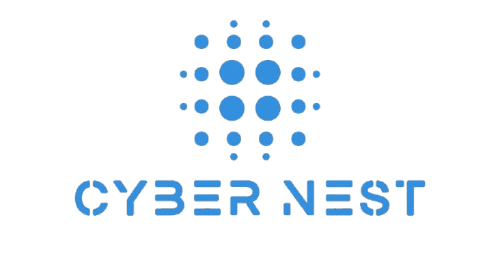GCP Resource Tagging & Budget Control Handbook

A Practical Guide to Eliminating Waste and Gaining Visibility in Google Cloud
One of the most overlooked yet most powerful levers in Google Cloud Platform (GCP) cost management is resource tagging. Without a structured approach, organizations face:
- Unexplained cost overruns (zombie resources & shadow IT).
- Poor accountability across teams and projects.
- Compliance blind spots with HIPAA, SOC 2, or GDPR.
This handbook walks you through the essentials of resource tagging and budget control in GCP—so you can manage spend, enforce accountability, and scale without financial surprises.
Why Tagging Matters in GCP
- Visibility: Tags provide granular insight into which teams, apps, or environments drive spend.
- Accountability: Cost ownership becomes clear with per-team/project tags.
- Automation: Tags integrate directly into GCP billing, monitoring, and security policies.
- Governance: Essential for compliance reporting and multi-cloud management tools.
The 6 Golden Tag Categories
When building a tagging framework, consistency is key. Every resource in your GCP management services strategy should follow these categories:
- Environment – prod, staging, dev, test.
- Owner/Team – Who is responsible (engineering, marketing, finance, etc.).
- Application/Service – Ties costs to specific apps or workloads.
- Cost Center/Project ID – Links to finance codes for reporting.
- Compliance/Sensitivity – Example: HIPAA, PII, GDPR.
- Lifecycle – Helps identify resources safe to shut down (temp, archive).
Budget Control in Google Cloud
Tagging enables smart budget enforcement when combined with Google Cloud cost management features:
- Budgets & Alerts: Configure alerts when spend exceeds thresholds.
- Committed Use Discounts (CUDs): Apply discounts for stable workloads.
- Idle Resource Detection: Use Recommender and Active Assist to identify underutilized VMs, disks, or IPs.
- Quota Management: Prevent runaway costs by setting quotas on high-cost services (like BigQuery or GPUs).
Common Pitfalls to Avoid
- ❌ Inconsistent Tagging → Different teams using different naming conventions.
- ❌ Optional Tagging → Leaving tagging as “nice to have” instead of mandatory.
- ❌ One-Time Review → Not auditing tags quarterly to catch drift.
- ❌ Ignoring Multi-Cloud → Failing to align GCP tags with multi-cloud cost management tools across AWS or Azure.
Action Checklist
- Create an organization-wide tagging policy (documented and enforced).
- Standardize tag keys & values (e.g., env="prod," not environment="production).
- Apply labels at project level, enforced via Organization Policies.
- Automate tagging using Terraform, Deployment Manager, or scripts.
- Enable GCP Budgets & Alerts linked to tags.
- Review tags quarterly → align with finance and compliance.
- Integrate GCP tags with multi-cloud cost management solutions if using AWS or Azure.
Scoring Your Tagging & Budget Control
- Mature (Green): 90–100% resources tagged, budgets tied to all cost centers, alerts automated.
- Developing (Yellow): 60–80% tagged, some budgets missing, manual audits.
- At Risk (Red): <50% tagged, no alerts, cost accountability unclear.
Final Takeaway
Tagging is not just an accounting trick—it’s the foundation of Google Cloud cost governance. Combined with budget controls, automation, and GCP managed services, it transforms financial chaos into clarity.
Pro Tip: Treat tagging as code. Enforce it via Terraform or policy guardrails so nothing slips through.
